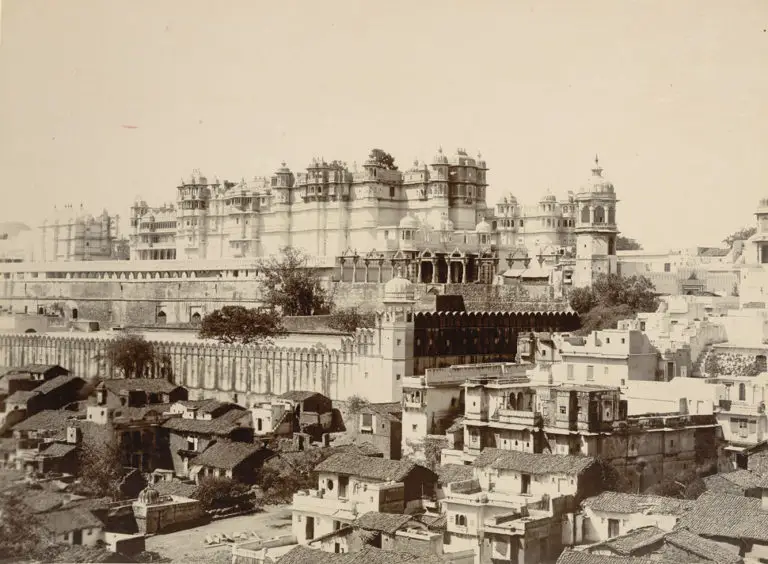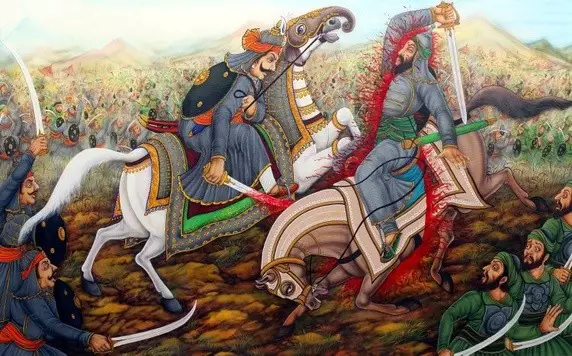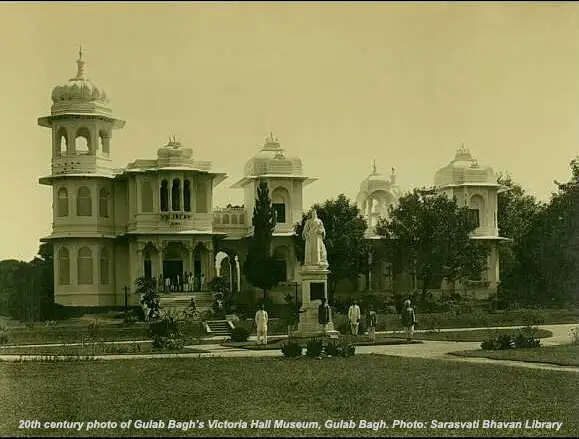Chetak: Maharana Pratap’s Champion Horse
The tale of Rajputi Hero Maharana Pratap is still sung all over for depicting courage and belongingness to our land, he is well renowned for denying to surrender in front of the robust Mughal Emperor Akbar.
However this blog is about the other gallant hero of the Mewar Kingdom, who wore the badge of supreme loyalty by choosing his master’s life above his; we’d firstly brief a short description about Maharana Pratap and later Chetak and his journey together.
Short intro of Maharana Pratap
- The Rajput Hero was born in the Kumbhalgarh fort on 9th May 1540, after the demise of his father Maharana Udai Singh II in 1572, he was crowned as the ruler of the Mewar Kingdom.
- The crowning itself was a controversial affair, as the most beloved wife of Maharana Udai Singh II wished to establish his son Jagmal Singh as the successor. But as the court opposed as the Mewar tradition insisted on choosing the eldest son as the exclusive King.
Mewar – Mughal Rivalry
- Mughal Emperor Akbar wanting to extend his capital’s boundaries attempted to create allies with several kingdoms in his reign, one of his target was the Mewar Kingdom.
- He made endless efforts to capture Mewar as Maharana Udai Singh II was determined not to share any part of the Mewar Kingdom with a foreign ruler.
- In 1568 Akbar numerous times attempted to capture the Chittor Fort which was the capital of Mewar back then.
- After Maharana Pratap sat on the King’s chair he decided to follow the footsteps of his ancestors and chose to fight against the Mughal Dynasty.
Chetak Horse
- In the early era there were commonly three breeds of war horses namely Sindhi, Kathiyawari, & Marwari.
- Chetak belonged to the Marwari breed of horses.
- His height was approximately between 14.2 to 15.2 hands. (A horses height is measured by using hands)
- Chetak is believed to be a very charming horse with curled ears, peacock neck, blue sparkling eyes, and broad chest.
- It is said that he was a distinctive horse with a slight of a blue tinge in his coat.
- Chetak was a very aggressive horse and was perceived as difficult.
Bond between Chetak and Maharana Pratap
- Several riders made attempts of taming Chetak, but were always unsuccessful because of his arrogant and vigilant traits.
- It is believed that Chetak could be controlled by only Maharana Pratap, as they bore several similar characteristics. They shared an undefinable relationship of loyalty and trust.
‘Chetak’ Victor of The Battle of Haldighati
- The Battle of Haldighati was fought on 18th June 1576 between the Mewar and Mughal dynasty in which the Mughal army outnumbered Mewar army by thousands of men.
- One of the greatest incidents of the battle includes the strength and devotion of Chetak when he jumped upon the elephant of Man Singh I of Amber who was leading the army of Mughals, Chetak placed his fore legs upon the trunk of the elephant in order to make his master attack easily upon the enemy. However, this incident made him injure his forelegs.
- Later, when Maharana Pratap got highly injured, Chetak sensed the condition and rode him away from the battle field.
- Chetak had to jump a 25 feet deep water stream to ensure reaching a safe spot, which lead to his gloomy demise.
- A memorial was later built at the same spot honouring the loyalty of Chetak.
Additional Information
- The Mewar land still honours the courage of Chetak by incorporating him with the statues of Maharana Pratap around the city.
- There is also a traffic signal named after Chetak with his lone statue in the Udaipur City.
- Haldighati Museum can be visited to relive the Battle of Haldighati situated at a distance of 40kms from the Udaipur city, one can also visit the Chetak Memorial situated at just 2kms from the museum built to salute the Victor of the battle of Haldighati.
- The Chetak Memorial is built at the spot where Chetak took his last breath.
Don’t forget to like, share, and subscribe to My Udaipur City.
If you have any suggestions, queries, opinions, complaints, or any words of wisdom for us, let us know in the comment section below.











